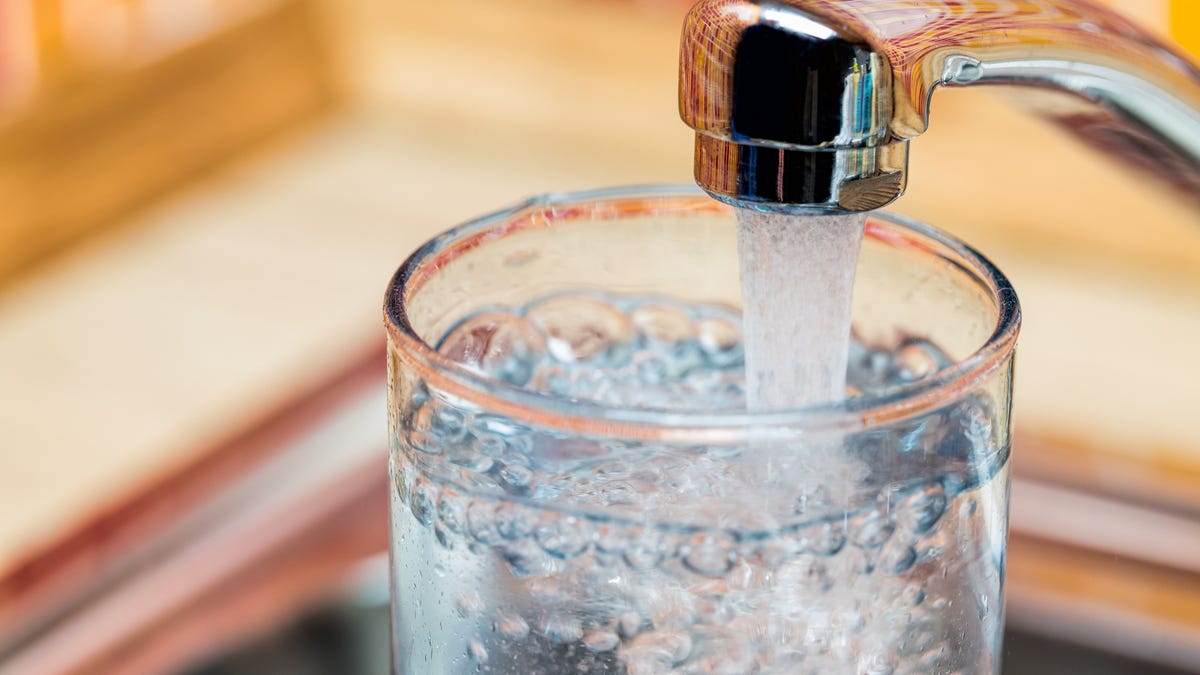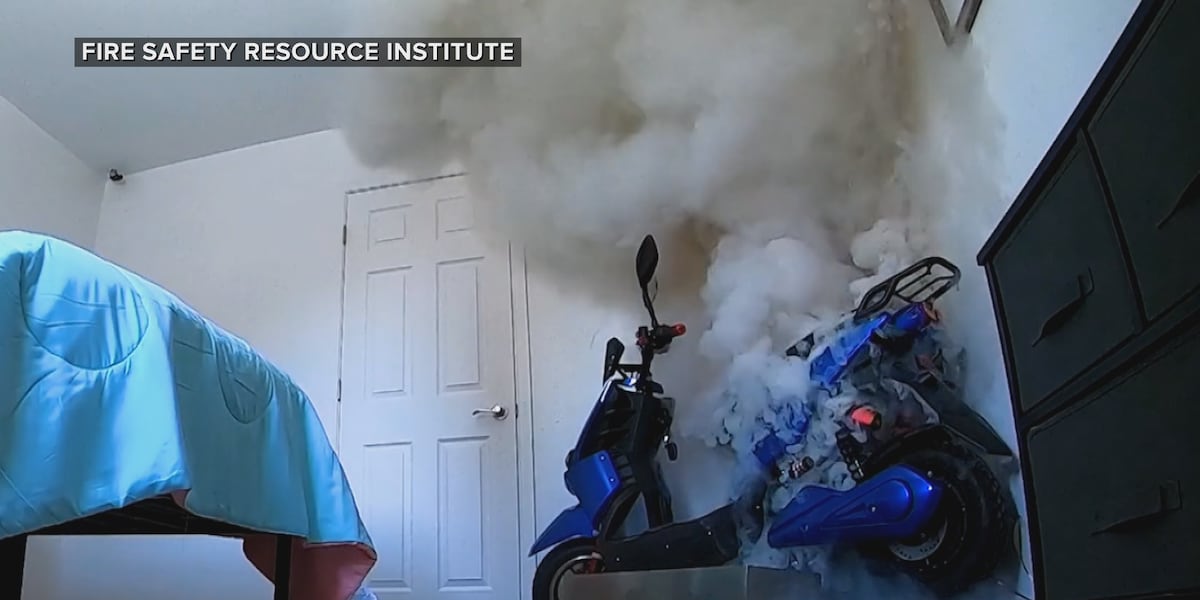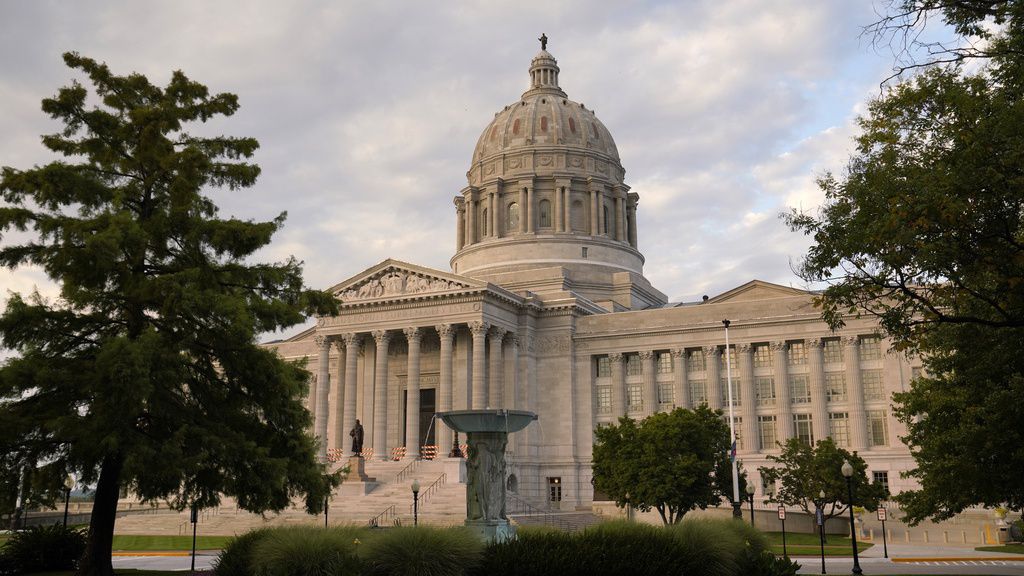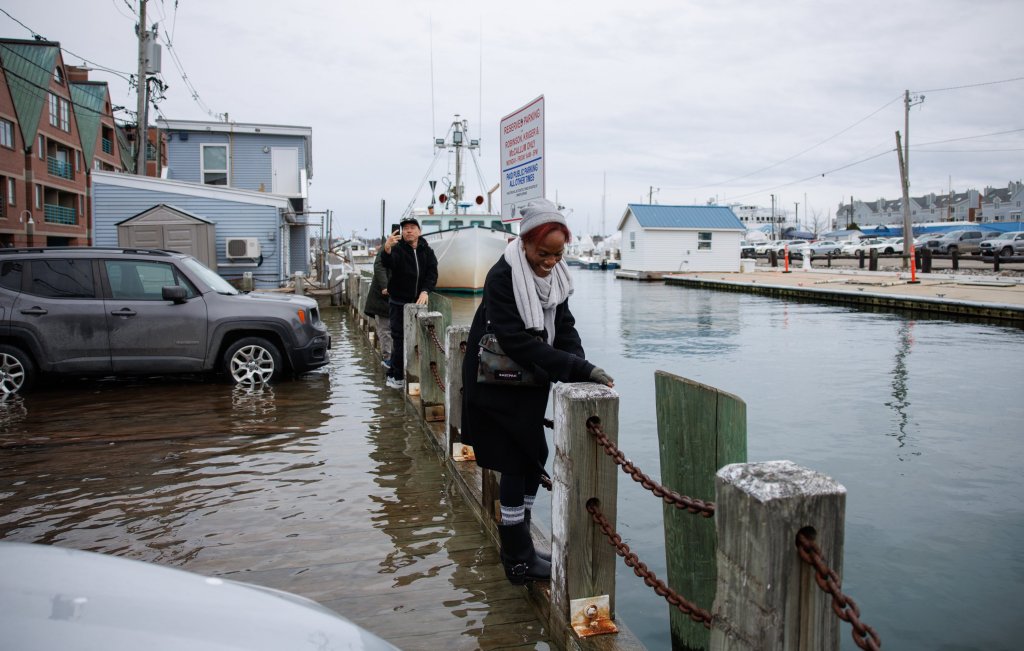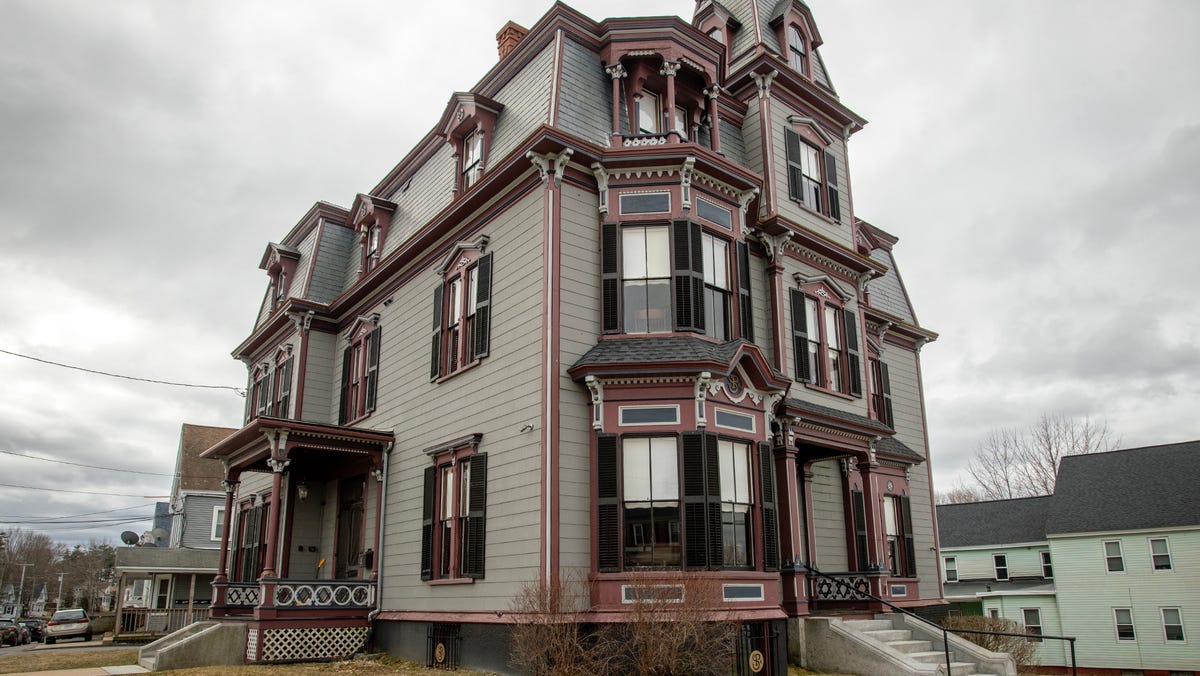World
A week after deadly Libya floods, aid effort gathers pace

A week after a tsunami-sized flash flood devastated the Libyan coastal city of Derna, sweeping thousands to their deaths, international aid efforts gathered pace as search-and-rescue efforts continued.
Traumatised residents, 30,000 of whom are now homeless in Derna alone, badly need clean water, food, shelter and basic supplies amid a growing risk of cholera, diarrhoea, dehydration and malnutrition, United Nations agencies have warned.
“Thank God for giving us patience. I am sitting here trying to clean and verify who is missing. I am trying to understand the situation. I did not leave,” Hamad Awad, a Derna resident, told Al Jazeera.
“In this city, every single family has been affected,” one resident, Mohammad al-Dawali, told the AFP news agency.
The health minister of the eastern administration, Othman Abdeljalil, has said 3,252 people were confirmed dead in Derna.
The UN’s Office for the Coordination of Humanitarian Affairs (OCHA) has said approximately 11,300 people had died.
The Libyan Red Crescent, which OCHA cited for the data, distanced itself from the report.
Libyan officials and humanitarian organisations warned that the final toll could be much higher, with thousands still missing.
The massive flood came as Libya was lashed on September 10 by the hurricane-strength Storm Daniel, which had earlier brought deadly floods to Greece, Turkey and Bulgaria.
The rapidly rising waters burst two upstream river dams in Derna, sending a late-night tidal wave crashing through the centre of the city of 100,000, sweeping entire residential blocks into the Mediterranean.
According to Badr Al-Din Al-Toumi, head of the government emergency and rapid response, “the team assigned by the government to inventory the damages stated that the total number of buildings in the city is about 6,142 buildings, of which the total number of damaged buildings is 1,500 buildings.
“Out of the 1,500 buildings, 891 buildings have been completely destroyed, 211 buildings have been partially destroyed, and about 398 buildings were submerged in mud.”
Evacuation plans, aid
As local authorities have worked to carry out a complete or partial evacuation plan for the city, the presence of two rival governments has made relief efforts chaotic and accurate information hard to come by.
Damaged roads have made it difficult for aid to enter the city and efforts have been further hampered by the political division of Libya, which plunged into years of war and chaos after a 2011 NATO-backed uprising led to the overthrow and killing of longtime ruler Muammar Gaddafi.
The oil-rich North African country remains split between two rival governments – a UN-backed administration in the capital Tripoli, and one based in the disaster-hit east.
The International Organization for Migration’s Libya chief Tauhid Pasha posted on X, formerly known as Twitter, that the aim now was to channel all authorities “to work together, in coordination”.
The UN has launched an aid appeal for more than $71m. The aid being sent to Libya includes water, food, tents, blankets, hygiene kits, medicines and emergency surgical supplies as well as heavy machinery to help clear the debris, and more body bags.
Emergency response teams and aid have been deployed from France, Iran, Russia, Saudi Arabia, Tunisia, Turkey and the United Arab Emirates, with more on the way from other nations, but international officials say much more help is needed. A French field hospital was being prepared in footage aired by Libya’s Al Masar television.
“People came with aid from all over, and this made it easier on us, and we felt that we are not alone,” said Derna resident Hassan Awad as civil protection workers from Algeria searched the rubble of multistorey buildings in the city for survivors.
Awad pointed to a rusty pole between two buildings and said clinging to it was how his family had survived the flood which tore through their home, covering everything in mud.”
We found dead bodies, of neighbours, friends and loved ones,” he said. On the seafront, an excavator moved smashed furniture and cars to try to find victims underneath. Another excavator cleared rubble from buildings as rescue workers paused and knelt nearby to pray.
In al Badya, a coastal settlement west of Derna, the hospital was treating victims from Derna as well as its own. Doctors built makeshift dams in the street when the flooding hit to try to hold back the water, but it rose within the building.
“This affected machinery and the infrastructure of the lower level of the hospital,” the hospital’s head, Abdel Rahim Mazek, said.
Elsewhere in the town, volunteers handed out clothing and food.
“People left their houses with nothing, they didn’t even have their underwear,” said one of the initiative’s supervisors, Mohammad Shaheen.
Volunteer Abdulnabi said the team came from Ajaylat, around 800 miles (1,200 km) away in western Libya.
“People are coming together to help those impacted,” he said.
UN experts have blamed the high death toll on climatic factors such as the Mediterranean region sweltering under an unusually hot summer and on the legacy of Libya’s war, which has depleted its infrastructure, early warning systems and emergency response.
Questions are being asked about whether the disaster could not have been prevented, as cracks in the dams were first reported in 1998.

World
Israel moves in on north Gaza Hamas stronghold, pounds Rafah without advancing

World
What to know about how much the aid from a US pier project will help Gaza
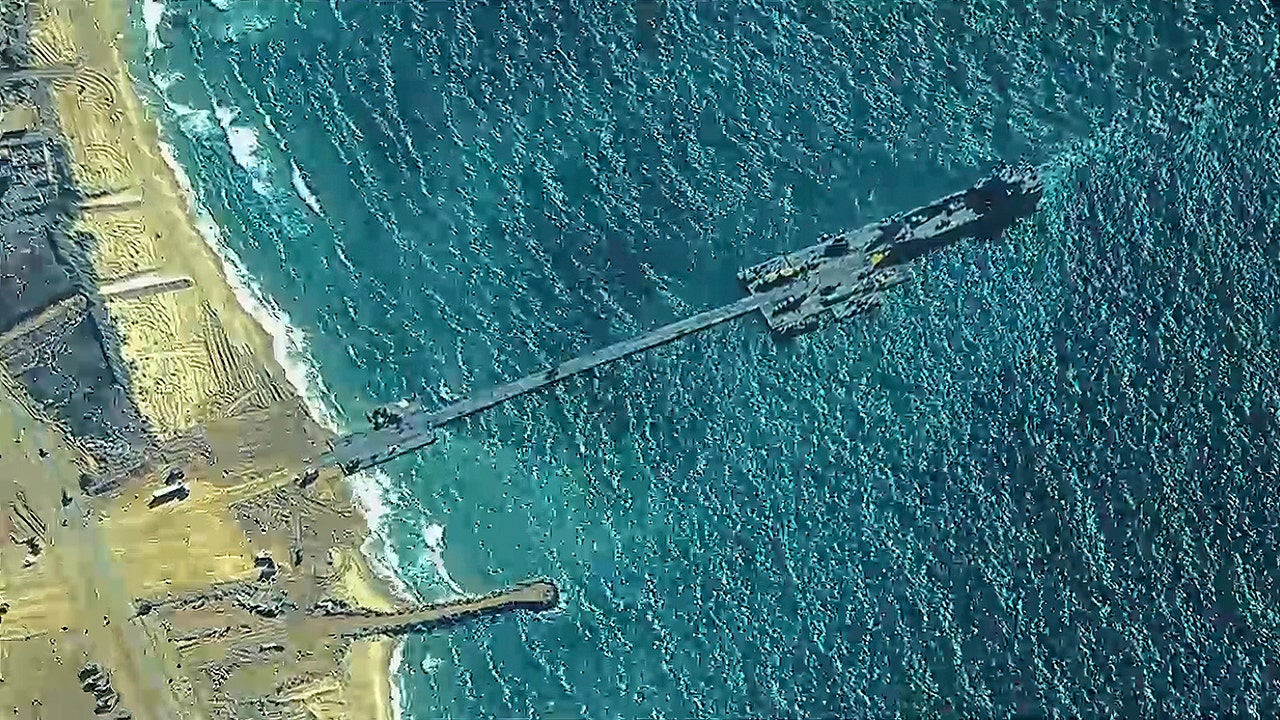
A U.S.-built pier is in place to bring humanitarian aid to Gaza by sea, but no one will know if the new route will work until a steady stream of deliveries begins reaching starving Palestinians.
The trucks that will roll off the pier project installed Thursday will face intensified fighting, Hamas threats to target any foreign forces and uncertainty about whether the Israeli military will ensure that aid convoys have access and safety from attack by Israeli forces.
TEMPORARY FLOATING PIER FOR GAZA AID COMPLETED, WILL MOVE INTO POSITION ONCE WEATHER LETS UP: PENTAGON
Even if the sea route performs as hoped, U.S, U.N. and aid officials caution, it will bring in a fraction of the aid that’s needed to the embattled enclave.
Here’s a look at what’s ahead for aid arriving by sea:
WILL THE SEA ROUTE END THE CRISIS IN GAZA?
No, not even if everything with the sea route works perfectly, American and international officials say.
The image provided by U.S, Central Command, shows U.S. Army soldiers assigned to the 7th Transportation Brigade (Expeditionary), U.S. Navy sailors assigned to Amphibious Construction Battalion 1, and Israel Defense Forces placing the Trident Pier on the coast of Gaza Strip on Thursday, May 16, 2024. The temporary pier is part of the Joint Logistics Over-the-Shore capability. The U.S. military finished installing the floating pier on Thursday, with officials poised to begin ferrying badly needed humanitarian aid into the enclave besieged over seven months of intense fighting in the Israel-Hamas war. (U.S. Central Command via AP)
U.S. military officials hope to start with about 90 truckloads of aid a day through the sea route, growing quickly to about 150 trucks a day.
Samantha Power, head of the U.S. Agency for International Development, and other aid officials have consistently said Gaza needs deliveries of more than 500 truckloads a day — the prewar average — to help a population struggling without adequate food or clean water during seven months of war between Israel and Hamas.
Israel has hindered deliveries of food, fuel and other supplies through land crossings since Hamas’ deadly attack on Israel launched the conflict in October. The restrictions on border crossings and fighting have brought on a growing humanitarian catastrophe for civilians.
International experts say all 2.3 million of Gaza’s people are experiencing acute levels of food insecurity, 1.1 million of them at “catastrophic” levels. Power and U.N. World Food Program Director Cindy McCain say north Gaza is in famine.
At that stage, saving the lives of children and others most affected requires steady treatment in clinical settings, making a cease-fire critical, USAID officials say.
At full operation, international officials have said, aid from the sea route is expected to reach a half-million people. That’s just over one-fifth of the population.
WHAT ARE THE CHALLENGES FOR THE SEA ROUTE NOW?
The U.S. plan is for the U.N. to take charge of the aid once it’s brought in. The U.N. World Food Program will then turn it over to aid groups for delivery.
U.N. officials have expressed concern about preserving their neutrality despite the involvement in the sea route by the Israeli military — one of the combatants in the conflict — and say they are negotiating that.
There are still questions on how aid groups will safely operate in Gaza to distribute food to those who need it most, said Sonali Korde, assistant to the administrator for USAID’s Bureau for Humanitarian Assistance, which is helping with logistics.
U.S. and international organizations including the U.S. government’s USAID and the Oxfam, Save the Children and International Rescue Committee nonprofits say Israeli officials haven’t meaningfully improved protections of aid workers since the military’s April 1 attack that killed seven aid workers with the World Central Kitchen organization.
Talks with the Israeli military “need to get to a place where humanitarian aid workers feel safe and secure and able to operate safely. And I don’t think we’re there yet,” Korde told reporters Thursday.
Meanwhile, fighting is surging in Gaza. It isn’t threatening the new shoreline aid distribution area, Pentagon officials say, but they have made it clear that security conditions could prompt a shutdown of the maritime route, even just temporarily.
The U.S. and Israel have developed a security plan for humanitarian groups coming to a “marshaling yard” next to the pier to pick up the aid, said U.S. Vice Admiral Brad Cooper, deputy commander of the U.S. military’s Central Command. USAID Response Director Dan Dieckhaus said aid groups would follow their own security procedures in distributing the supplies.
Meanwhile, Israeli forces have moved into the border crossing in the southern city of Rafah as part of their offensive, preventing aid from moving through, including fuel.
U.N. deputy spokesman Farhan Haq said that without fuel, delivery of all aid in Gaza can’t happen.
WHAT’S NEEDED?
U.S. President Joe Biden’s administration, the U.N. and aid groups have pressed Israel to allow more aid through land crossings, saying that’s the only way to ease the suffering of Gaza’s civilians. They’ve also urged Israel’s military to actively coordinate with aid groups to stop Israeli attacks on humanitarian workers.
“Getting aid to people in need into and across Gaza cannot and should not depend on a floating dock far from where needs are most acute,” U.N. deputy spokesman Farhan Haq told reporters Thursday.
“To stave off the horrors of famine, we must use the fastest and most obvious route to reach the people of Gaza — and for that, we need access by land now,” Haq said.
U.S. officials agree that the pier is only a partial solution at best, and say they are pressing Israel for more.
WHAT DOES ISRAEL SAY?
Israel says it places no limits on the entry of humanitarian aid and blames the U.N. for delays in distributing goods entering Gaza. The U.N. says ongoing fighting, Israeli fire and chaotic security conditions have hindered delivery.
Under pressure from the U.S., Israel has in recent weeks opened a pair of crossings to deliver aid into hard-hit northern Gaza. It said a series of Hamas attacks on the main crossing, Kerem Shalom, have disrupted the flow of goods.
World
Slovakian ministers blame media and opposition for attack on PM Fico

Slovakia’s interior minister refrained from specifying the motivation behind the attack on Prime Minister Robert Fico but pointed fingers at media outlets and the opposition, urging them to reflect on how they present information.
Slovakian authorities charged a man with attempted premeditated murder on Thursday after he shot Prime Minister Robert Fico five times in the central town of Handlova.
The assault left the longstanding leader in a serious but stable condition.
“The attempt on Fico’s life was politically motivated,” Slovakia’s Interior Minister Matuš Šutaj-Eštok said during a news conference on Fico’s shooting.
Eštok said the suspect, believed to be 71, was a “lone wolf” and did not belong to any political party but had previously taken part in anti-government protests.
The minister did not specify what the motivation was, but blamed media outlets and the opposition.
“It was information that you have recently presented. The way you presented them, on that I think each of you can reflect,” he said.
Slovakia’s President-elect Peter Pellegrini said he had only been allowed to speak with Fico for a few minutes “because his current condition really requires peace and quiet without any other external distractions.”
Pellegrini wished Fico “a great deal of strength in the struggle ahead of him because he is facing a very difficult period indeed.”
The president-elect called on political parties to suspend or scale back their campaigns for European elections, which will be held June 6-9.
The populist leader had been attending a political event in Handlova when the shooting took place, sending shockwaves through the central European country.
Fico has long been a divisive figure in Slovakia and beyond. His return to power last year on a pro-Russian, anti-American message led to even greater worries among fellow European Union and NATO members that he would abandon his country’s pro-Western course – particularly on Ukraine.
At the start of Russia’s invasion, Slovakia was one of Ukraine’s staunchest supporters. Fico halted arms deliveries to Ukraine when he returned to power, his fourth time serving as prime minister.
-

 Politics1 week ago
Politics1 week ago'You need to stop': Gov. Noem lashes out during heated interview over book anecdote about killing dog
-

 News1 week ago
News1 week agoMan, 75, confesses to killing wife in hospital because he couldn’t afford her care, court documents say
-

 Politics1 week ago
Politics1 week agoRFK Jr said a worm ate part of his brain and died in his head
-

 World1 week ago
World1 week agoPentagon chief confirms US pause on weapons shipment to Israel
-

 Politics1 week ago
Politics1 week agoHere's what GOP rebels want from Johnson amid threats to oust him from speakership
-

 World1 week ago
World1 week agoPro-Palestine protests: How some universities reached deals with students
-

 World1 week ago
World1 week agoConvicted MEP's expense claims must be published: EU court
-

 Politics1 week ago
Politics1 week agoCalifornia Gov Gavin Newsom roasted over video promoting state's ‘record’ tourism: ‘Smoke and mirrors’

